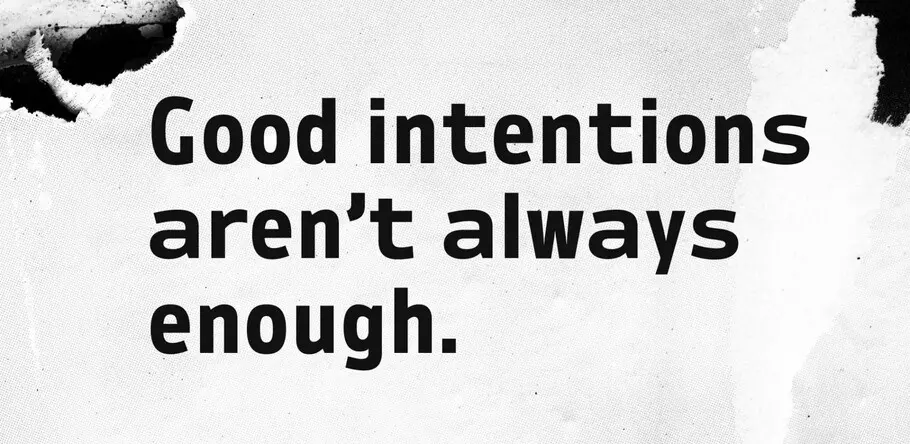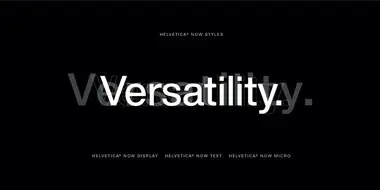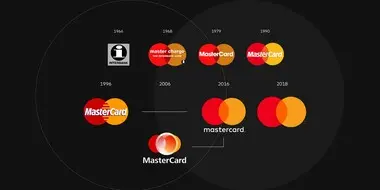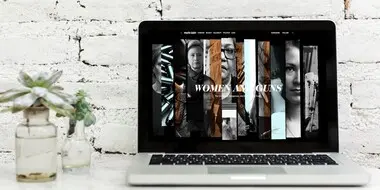In our on-demand era, creative asset licensing is more challenging than ever.

It’s safe to say that few people, if any, set out to commit copyright infringement. The reality is that most individuals and brands fully intend to pay for creative assets and use them according to whatever license or terms of use apply, whether it’s for stock imagery, music, or fonts.
But with a vast and growing number of consumer touchpoints to address, those good intentions aren’t always enough. Brands often end up with a scattered library of creative assets that is difficult to track and easy to mix up. Recent, high profile cases at NBC Universal, Spotify, and others show just how easy it is for brands to misuse creative assets.
Fonts are no exception, and have long been difficult to organize, especially at larger companies that use an assortment of different font options and designers working across multiple brands and campaigns. Some people may not even realize fonts need to be licensed. Brands sometimes rig up internal systems that keeps everything organized and establish internal protocols and lines of communication to ensure people are using the right assets the right way, in the correct places. Too often those systems fail, and a font ends up, accidentally, in the wrong place. People come and go, creatives work with new partners and before you know it the usage of assets can grow unwieldy and difficult to track.
Fortunately, it’s easier than ever to avoid these hassles. It’s important, too: Simplifying your font strategy allows your brand to be agile and adaptable, to deploy new designs quickly, and to grow with your customers.
House of cards
Well-intended brands will often license a font but then mistakenly use it incorrectly, often as the specifics of that license are forgotten or misplaced. These are honest mistakes we see time and time again, and they can easily compound on another if the mistaken usage is repeated. Over time the situation can spiral, eventually collapsing into a mess of phone calls involving creatives, procurement and even sometimes legal folks, not to mention other time-consuming (and often expensive) headaches. Something wholly avoidable takes up a lot of precious time trying to sort out.
These situations usually fall into one or more of these basic categories:
The who: Often brands will install the font on more computers than the license specifies, or share it with external vendors.
The what: Sometimes brands will license a number of weights and styles for a particular design, but, at some point, use an additional weight or style without realizing it isn’t among the licensed options.
The where: Brands will occasionally use fonts in the wrong place, for example, using a desktop font where a web font should be used—without realizing it shouldn’t be used there.
These mix-ups are not unique to fonts. Peloton is currently embroiled in a $150 million copyright infringement lawsuit in which the National Music Publishers’ Association (NMPA) alleges the company did not obtain the correct licenses for over 1,000 songs Peloton uses in its popular workout videos. Peloton is challenging the lawsuit, but in the meantime it removed the workouts using the songs in question or replaced the songs individually, angering customers who pay hundreds of dollars a year to subscribe to the workouts (not to mention over $2,000 for the bike).
As with most infringement situations, one of the main ingredients here is confusion. Peloton claims it has agreements and partnerships in place that cover its music usage. The NMPA says otherwise and accuses Peloton of willful infringement. The result is a downgraded user experience, potential long-term damage to Peloton’s brand, and costly litigation with an uncertain end.
The good news? It doesn’t have to be that way.
Everything in its right place
If you’ve ever rifled through a cluttered garage in search of a specific tool, you understand the irritation of knowing something should be in a particular place while struggling to find it. And worse, you’ve felt the frustration of finding something similar that ultimately fails to get the job done.
Most companies manage fonts the same way: A barely ordered mess that builds up over time, to a point where nothing is easy to find. When we created Monotype Fonts, we set out to build a sophisticated solution that not only allows creatives to choose and use the fonts that are best for their projects, but also empowers companies to organize their fonts the way you’d organize any cluttered space: In a single, central location with clear labels, customizable groupings, and the ability to determine which team members can access which fonts.
A system like this simplifies your designers’ lives, allowing them to focus on, well, designing. A recent survey of creatives found that 48 percent spend 8 hours or more per week on administrative (that is, non-creative) tasks.
It also means that virtually every part of the font licensing process happens in one place, and almost nothing can be changed without the proper channels approving it. That means no rogue font purchases and straightforward processes for adding new users and adjusting user access levels.
Whether Monotype Fonts is the fight fit for your brand or not, it nevertheless reflects the future of how modern brands need to think about fonts and their broader creative strategy. As branding evolves in the digital age, we’re keeping pace by packaging font discovery, collaboration, organization, and licensing in one place. It’s more important than ever for brands to deploy their creative assets quickly, effectively, and without having to worry about legal paperwork or the risks of getting it wrong.
To learn more about how Monotype Fonts can help take the guesswork out of font licensing, drop us a line and we’ll get in touch.














